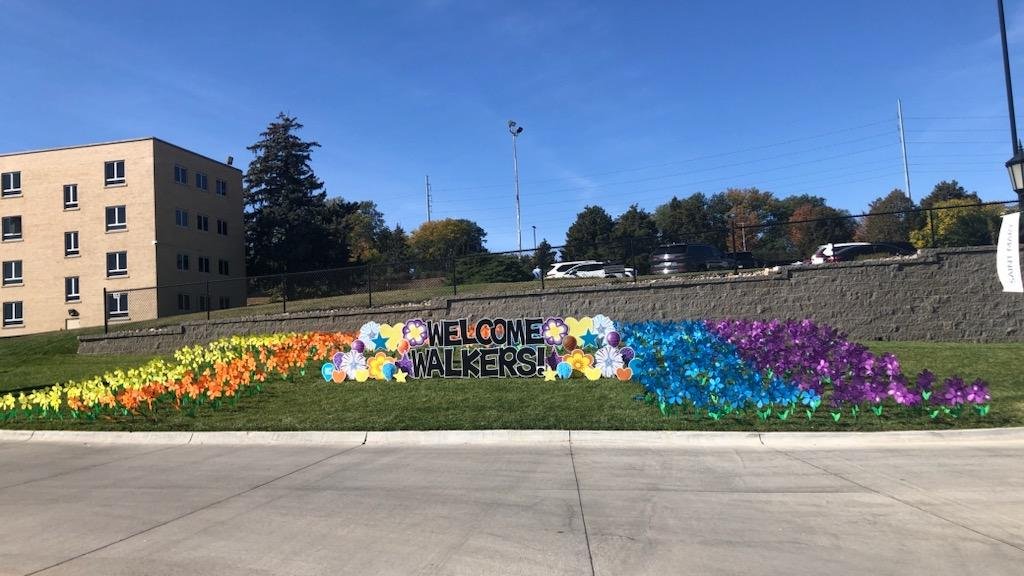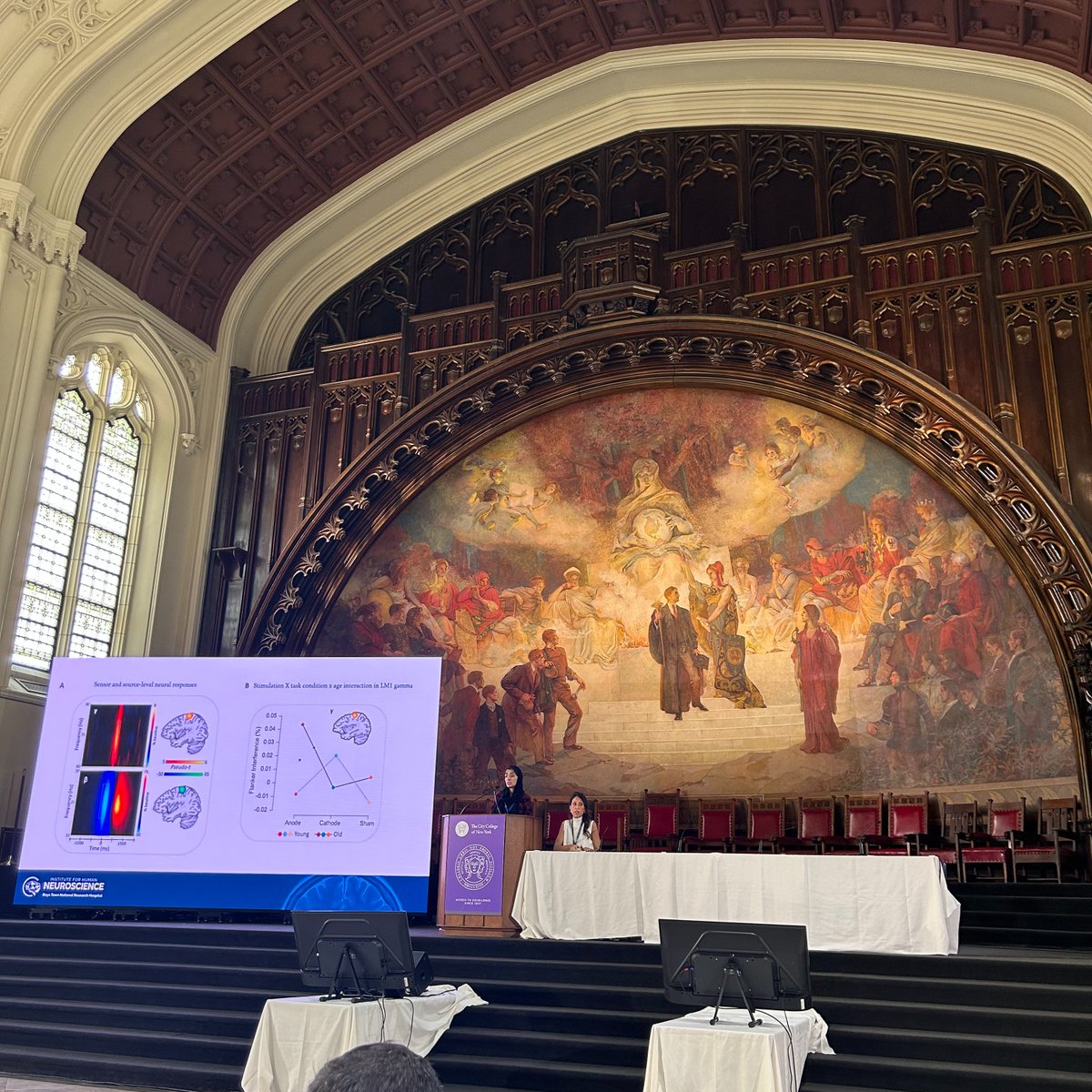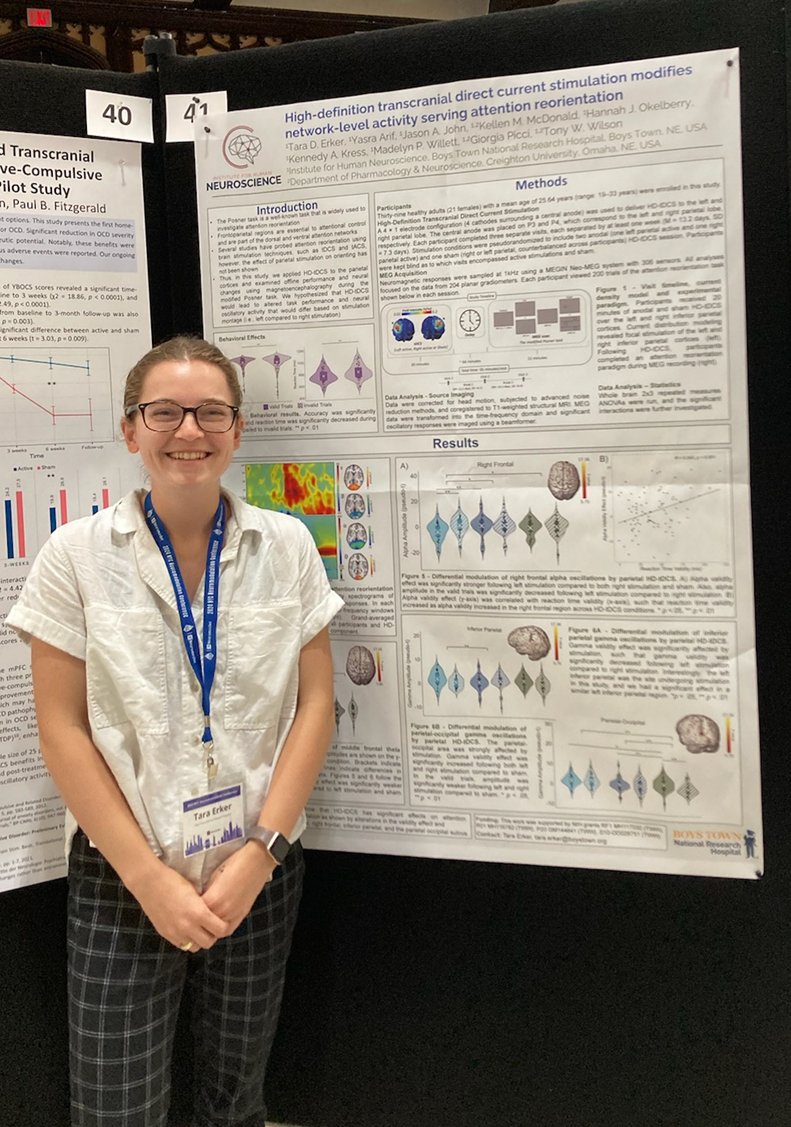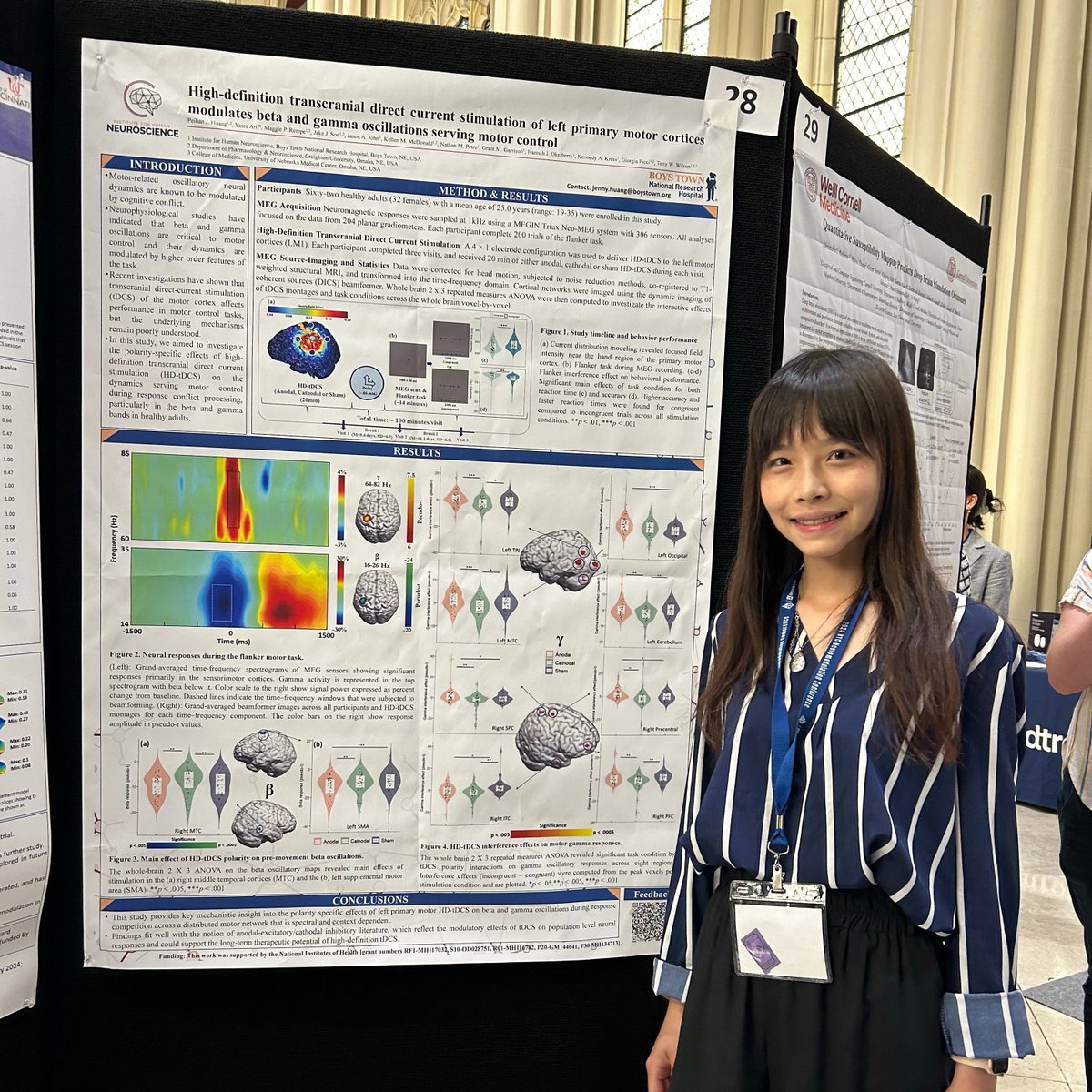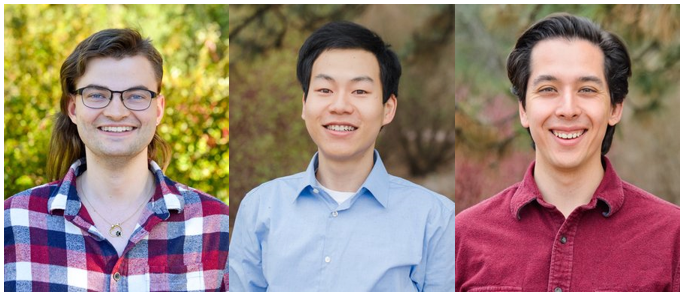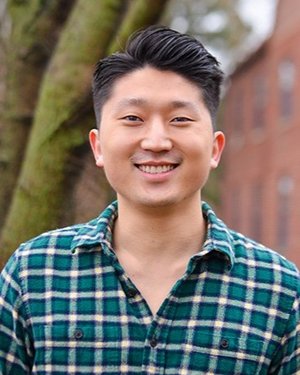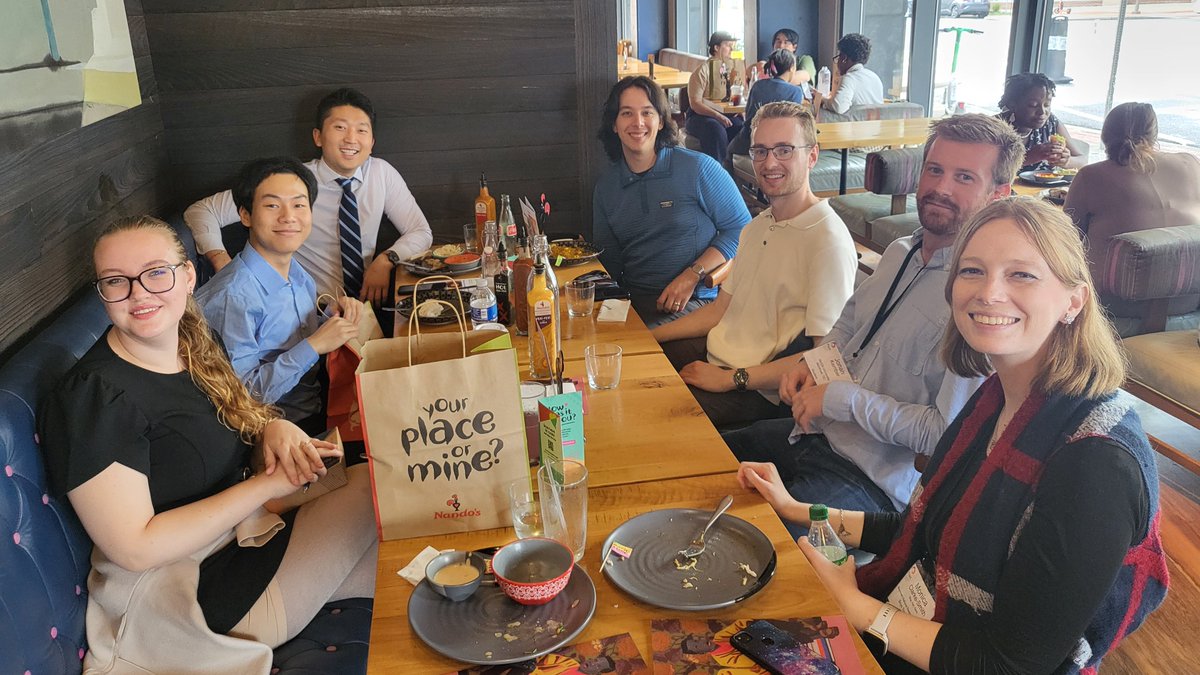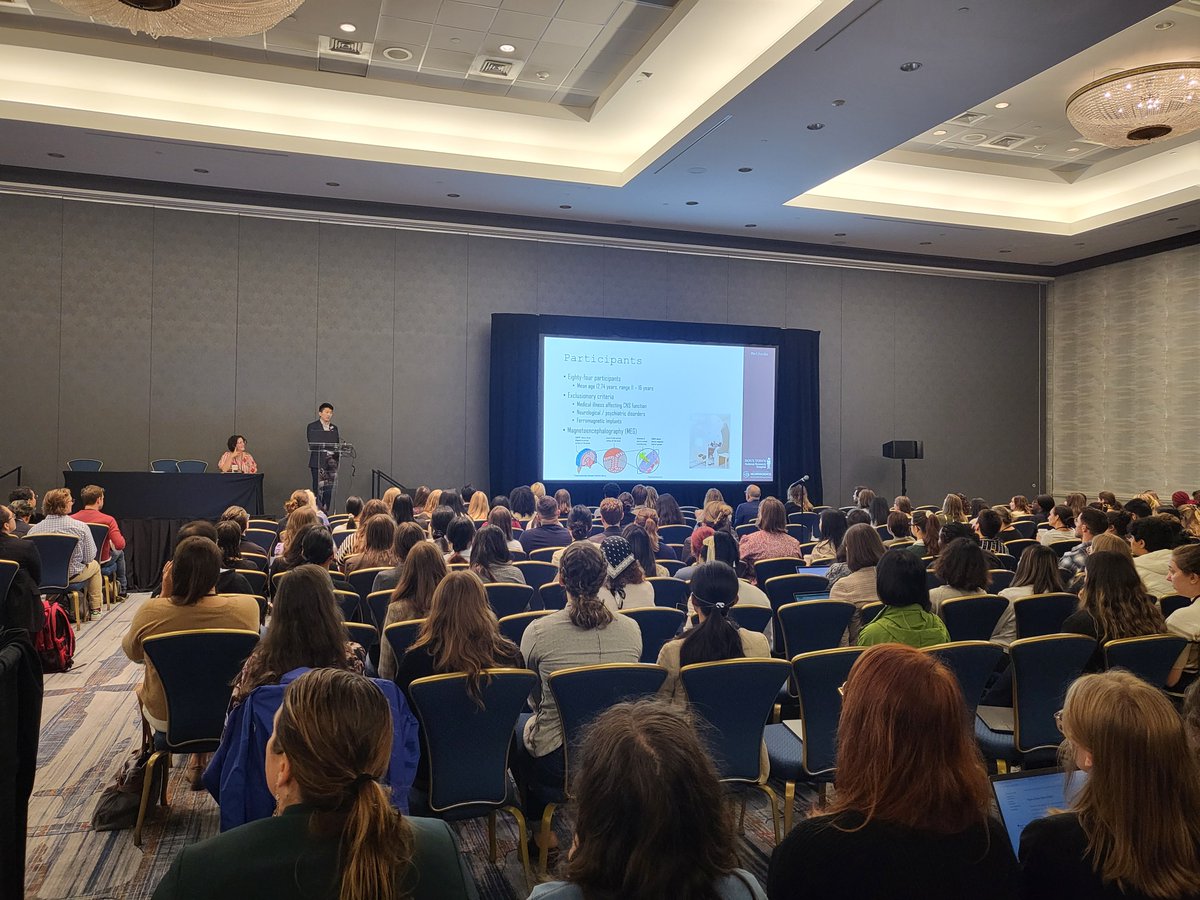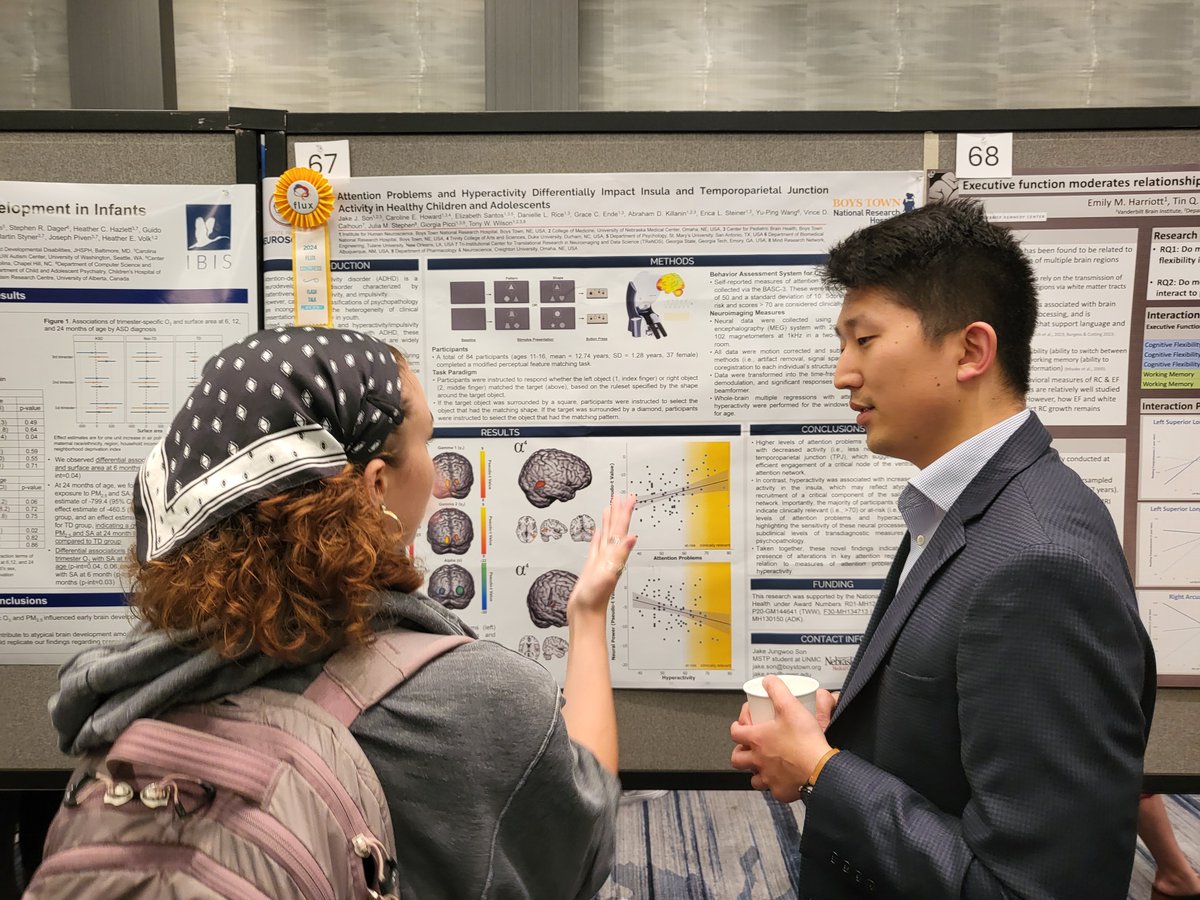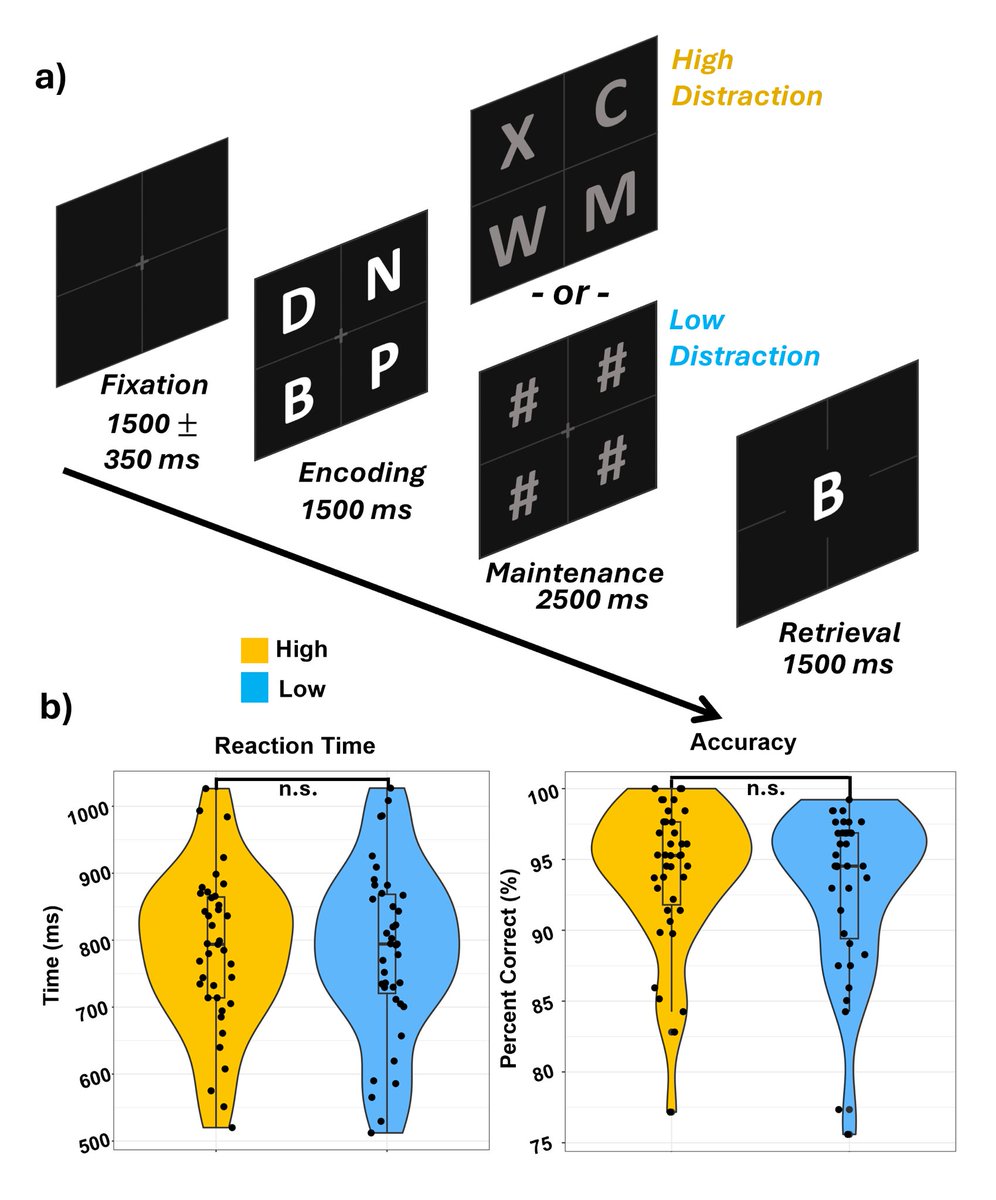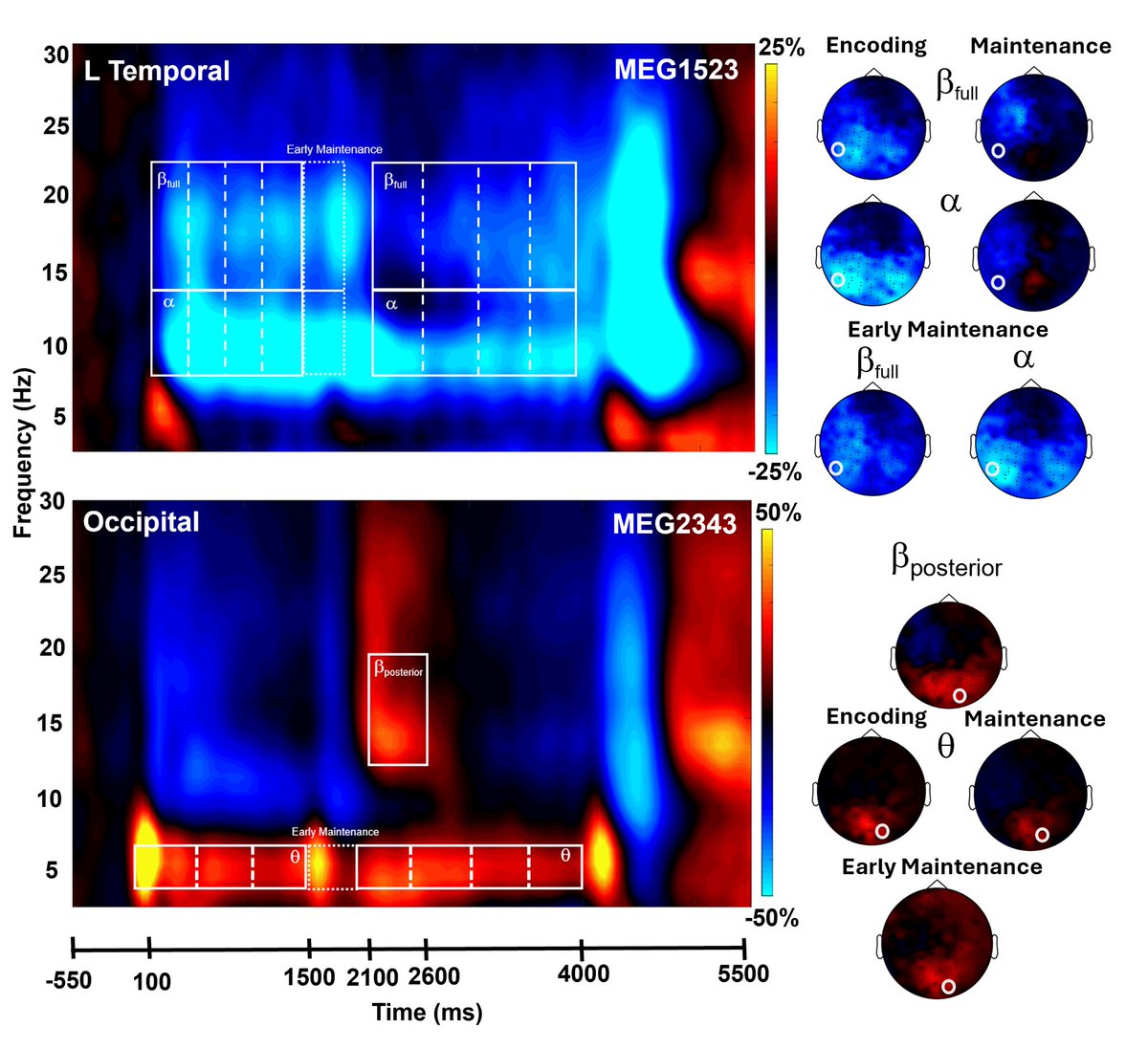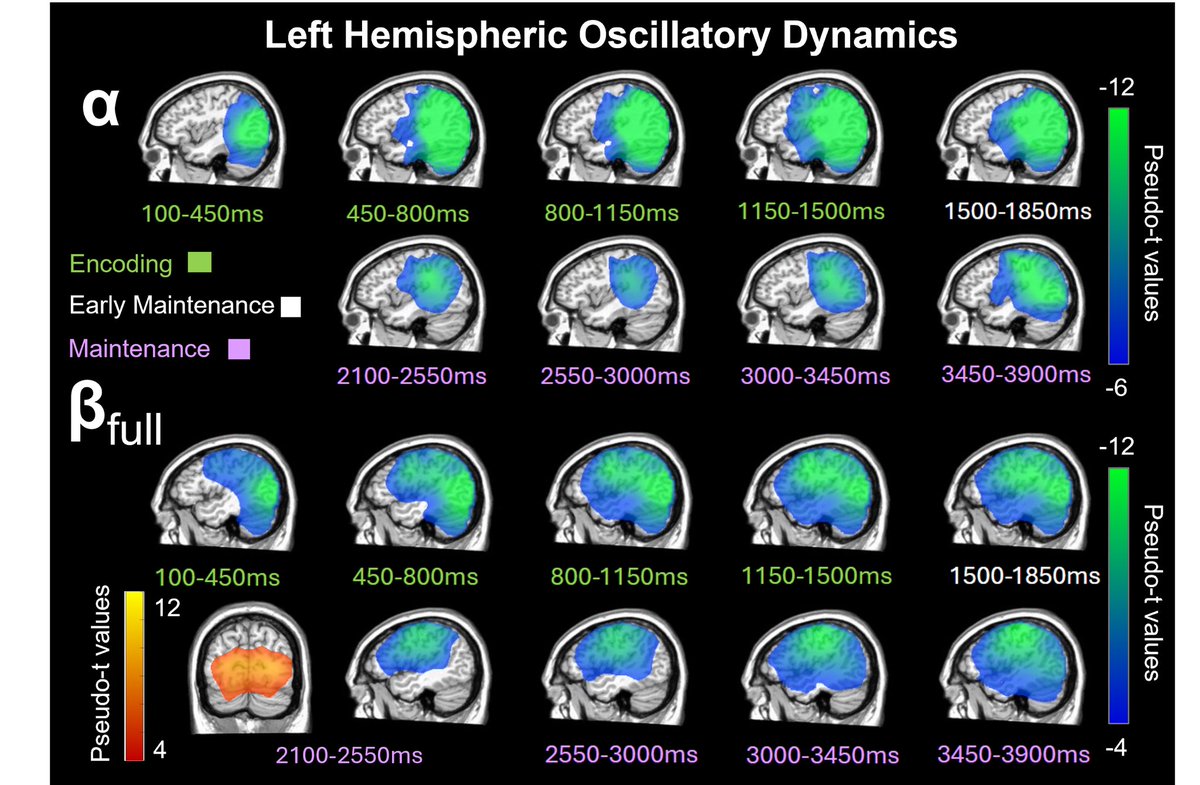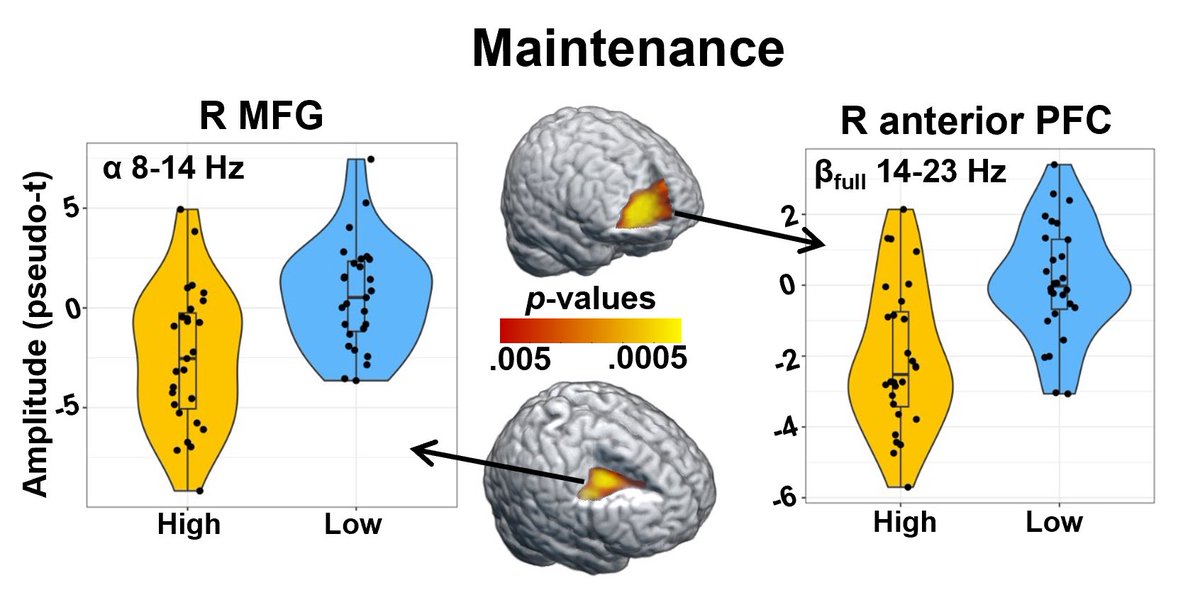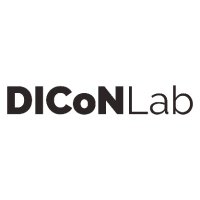
DICoN Lab
@diconlab
Human neuroimaging laboratory based at the Boys Town National Research Hospital near Omaha, Nebraska.
ID: 1143985422709792770
https://diconlab.org 26-06-2019 20:52:33
401 Tweet
234 Followers
223 Following
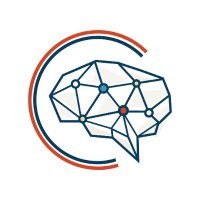









We used magnetoencephalography (MEG) to examine brain activity in 46 healthy adults. For a brief explainer on MEG, check out this blog post I wrote with Knowing Neurons knowingneurons.com/blog/2024/09/2… 2/








Another eventful weekend at #IHN as members of @diconlab joined the Alzheimer's Association in the #Omaha chapter of #Walk2EndAlz this past Sunday morning. #ENDALZ #ShowYourPurple #neuroscience #neuroimaging Megan Hall @maggie_rempe
